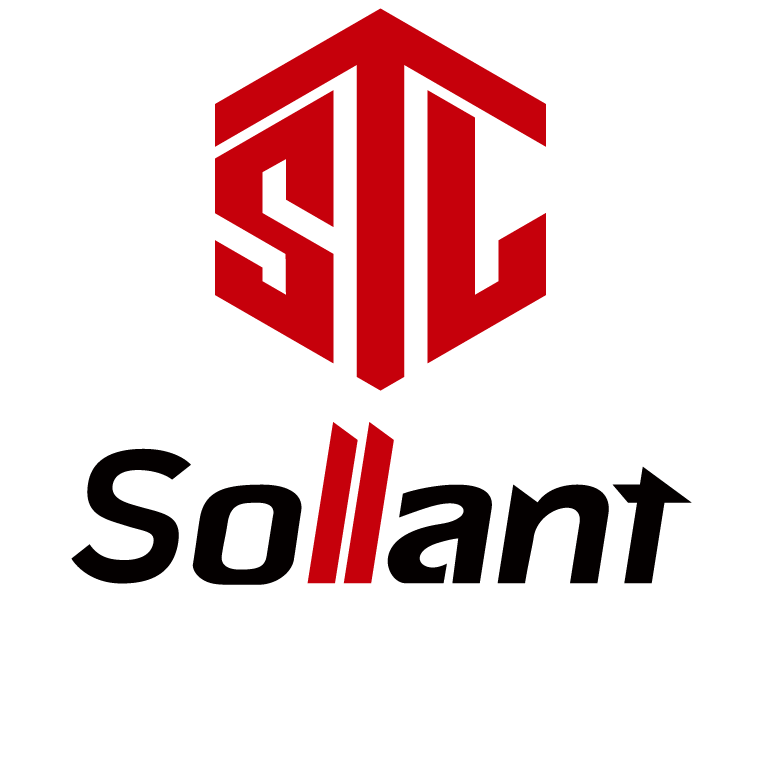Screw air compressors are widely used in various industries for their efficiency, reliability, and long-term performance. However, when it comes to selecting the right compressor for your business, it’s essential to consider not only the initial purchase cost but also the long-term operational and maintenance costs. A comprehensive long-term cost analysis will help businesses make an informed decision and achieve optimal savings over time.
In this article, we will break down the key components that contribute to the long-term cost of screw air compressors, providing a detailed analysis to help you understand the total cost of ownership (TCO) over the lifespan of the equipment.
1. Initial Purchase Cost
The upfront cost of a screw air compressor is typically the most visible and immediate expense. While prices can vary based on brand, specifications, and features, the initial cost is only one part of the overall financial picture. Industrial screw compressors, especially those designed for heavy-duty use, tend to have a higher upfront cost compared to other types of compressors, such as piston or diaphragm models.
However, it is important to note that the price tag for a screw compressor often reflects the technology and quality of the components, which can provide greater efficiency and lower operating costs in the long run.
2. Energy Consumption
Energy consumption is the largest ongoing expense when operating an air compressor. Screw air compressors are known for their energy efficiency, especially when compared to older piston-based systems. They deliver higher flow rates at lower power consumption, which results in significant cost savings.
- Energy Efficiency Ratings: Modern screw compressors come with energy-saving features like variable speed drives (VSD), which adjust the motor speed based on air demand. This can reduce energy consumption by up to 30% compared to traditional fixed-speed models.
- Cost Implications: The energy consumption of a screw compressor is directly related to its load factor (how often and at what capacity the compressor is running). Compressors that operate more efficiently in varying demand conditions will lead to substantial energy savings over time.
When conducting a long-term cost analysis, businesses should calculate the energy usage based on expected hours of operation and local energy rates. Even a small reduction in energy use can result in significant savings over several years.
3. Maintenance Costs
Screw compressors require regular maintenance to ensure smooth operation and extend their lifespan. While they are designed for durability and require less frequent maintenance than piston compressors, businesses should still plan for the following recurring maintenance costs:
- Oil and Air Filter Replacement: Regular oil and filter changes are crucial to maintaining optimal performance. High-quality synthetic oils, although more expensive upfront, can reduce the frequency of oil changes and extend the compressor’s service life.
- Coolant and Seals: Over time, seals and coolant systems may need replacement to maintain the compressor’s performance. These costs can vary based on usage but generally represent a small portion of the overall maintenance expenses.
- Labor Costs: The frequency of maintenance tasks depends on the compressor’s workload. A compressor operating in a 24/7 environment will require more frequent servicing than one used intermittently.
While the maintenance costs for screw compressors are generally lower than for reciprocating compressors, businesses should account for these expenses in their long-term cost analysis.
4. Downtime and Reliability
Unplanned downtime can be a significant source of hidden costs in compressor systems. Downtime can result in production delays, lost revenue, and even higher repair costs if issues are not addressed promptly. Fortunately, screw air compressors are renowned for their reliability and low downtime compared to other types of compressors.
The reliability of a screw compressor, combined with its continuous operation capabilities, can reduce the overall downtime cost. Regular maintenance and monitoring can ensure that the compressor operates optimally, reducing the risk of unexpected breakdowns and improving productivity.
5. Longevity and Depreciation
Screw compressors are designed for long-term use. With proper maintenance, they can last up to 15–20 years or even longer, significantly outlasting many other compressor types. This longevity makes them a worthwhile investment in the long run, despite their higher initial cost.
When considering the total cost of ownership over the compressor’s lifespan, businesses should factor in depreciation. However, because of their extended service life and relatively low maintenance needs, screw compressors typically have a lower depreciation rate compared to other models. Over time, the compressor will become more cost-effective as the depreciation costs are spread over many years.
6. Total Cost of Ownership (TCO)
When considering a screw air compressor, it’s important to evaluate the total cost of ownership (TCO), which includes:
- Initial Purchase Price
- Energy Consumption
- Maintenance and Parts Replacement
- Operational Costs
- Downtime and Repairs
By factoring in all these elements, businesses can determine the true cost of owning and operating a screw compressor. In many cases, the TCO of a screw compressor is lower over its lifespan compared to other types of compressors, especially when considering its energy efficiency and long service life.
7. Conclusion
While the initial purchase price of a screw air compressor may be higher than that of other types of compressors, the long-term costs are typically lower due to energy savings, reduced maintenance needs, and fewer operational disruptions. Over time, the total cost of ownership can make screw compressors a more cost-effective solution for many businesses, particularly those with continuous or heavy-duty air compression needs.
By understanding the key factors that contribute to the long-term cost of screw air compressors—such as energy efficiency, maintenance, downtime, and longevity—businesses can make more informed decisions about their compressor investments, ultimately leading to improved productivity and reduced operational costs.


